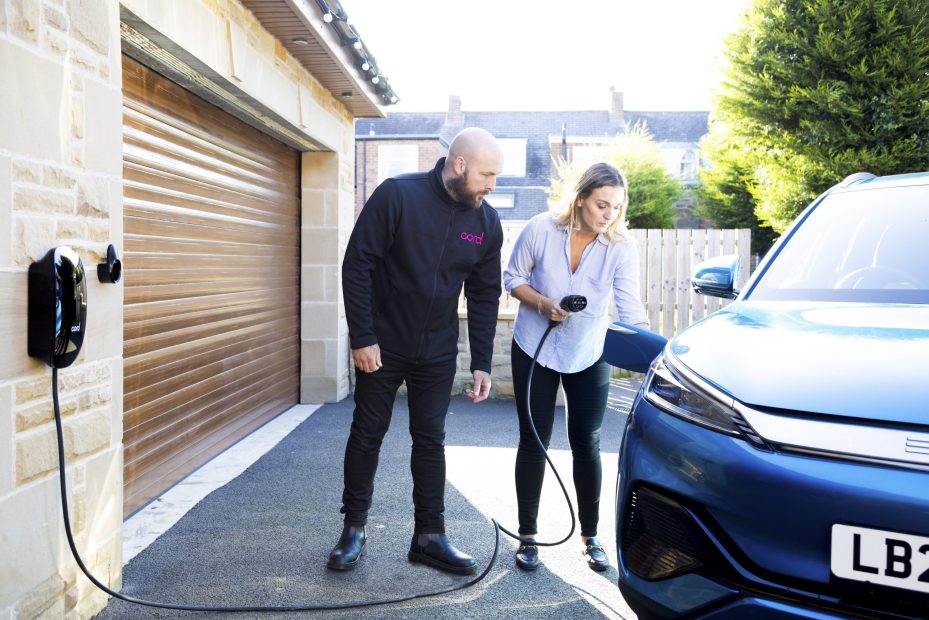As more and more of us join the e-mobility revolution, you might be wondering about the best ways to charge an EV. Home charging sounds super convenient, but is it safe?
We’re here to break down how charging your car at home works, and why it’s a safe (and sometimes safer) option.
Is it safe to charge an electric vehicle at home?
In short: yes. Charging an electric car at home is more than safe with the right equipment.
Technically, you can charge up with a standard 3-pin socket, and some EVs will come with these chargers. However, it takes a long time and is really only best for emergencies. Even worse is adding an extension lead into the mix – EV charging requires a lot more power than a standard household appliance, and domestic extension leads just aren’t designed to withstand it, which can increase the risk of both electric shocks and electrical fires. So, we don’t recommend ever using an extension lead to charge up.
A dedicated charge point is the safest way to charge at home since it’s designed to handle the power needed by an EV and is installed by professionals. Plus, all EVs also include on-board technology that makes sure it’s safe to charge up.
Home EV chargepoints also have a feature called dynamic load balancing – which means that your charger will adjust how much power it draws depending on how much power is being used in your home. So, you don’t need to worry about your home grid tripping.
Our partners Cord handle all our installations and ensure every charger is safely fitted in line with the UK Smart Charging Regulations. The chargers themselves also undergo rigorous testing to ensure they meet similar safety standards, so you can rely on a safe and secure connection any time you charge.
Cord EV chargers also automatically turn off once your car’s full, so you don’t need to worry about overcharging.

How does home charging work?
Just like a public chargepoint, you’ll have a compact, weatherproof unit that you can plug your car into to charge up, except this one is installed conveniently at your home. The charger will be fitted to a suitable exterior wall, somewhere where you can easily park up to make the process easy.
You could save a lot more too, since home charging can be up to 5 times cheaper than using a public charger. That’s for several reasons; on a home charger, you’re only paying 5% VAT, while public chargers are subject to standard 20% VAT. And with a home charge point, you can take advantage of deals like off-peak energy tariffs, which make it cheaper to charge up when fewer people are drawing power – at night.
For more info, you can check out our guide to EV charging.


